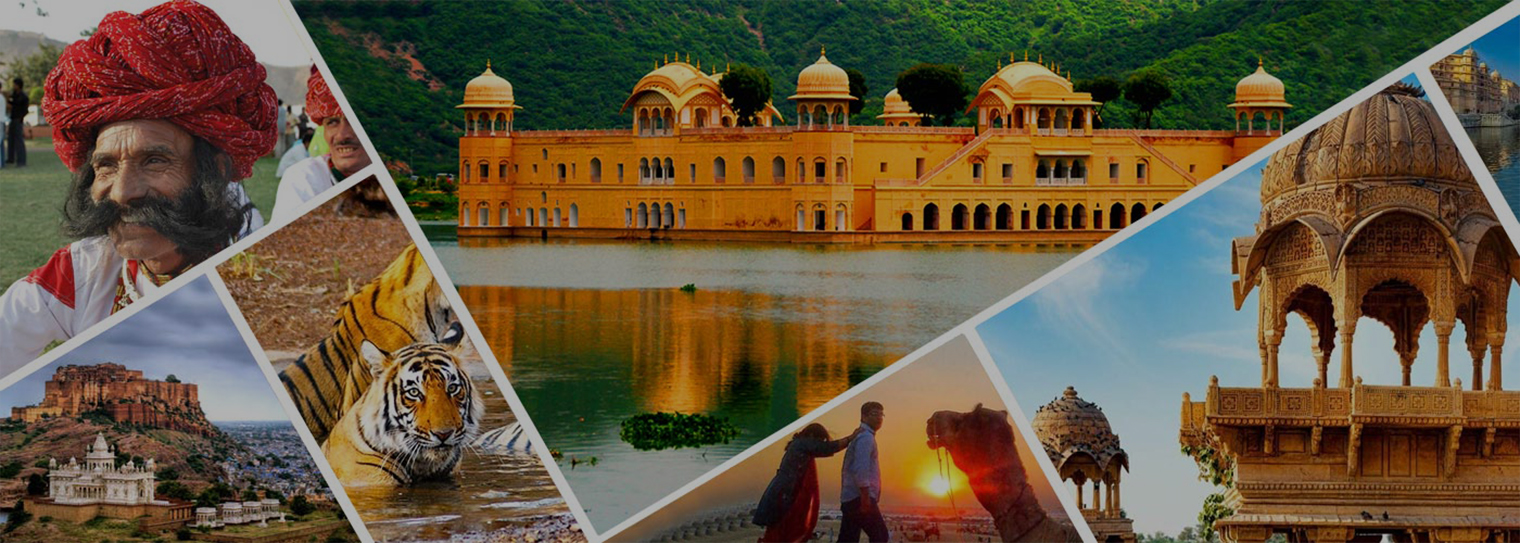
Pilgrimage Tour in
India
Varanasi (Kashi),
Uttar Pradesh
Varanasi is one of the
oldest cities in India. Kashi Vishvanath Temple is one of the most famous Hindu
temples dedicated to Lord Shiva. It is located in Varanasi, Uttar Pradesh,
India. The temple stands on the western bank of the holy river Ganga, and is
one of the twelve Jyotirlingas, the holiest of Shivatemples. The main deity is
known by the name Vishvanatha or Vishveshvara meaning Ruler of The Universe.
Varanasi city is also called Kashi, and hence the temple is popularly called
Kashi Vishvanath Temple.
Pushkar, Rajasthan
Pushkar is one of the
holy cities in India. According to legends, Lord Brahma, believed to be the
creator of the Universe dropped a lotus to the ground leading to the immediate
creation of a lake. He then decided to name the place after the flower, and
thus the name, Pushkar. The city of Pushkar is home to the only temple
dedicated to Lord Brahma in the whole world. Hindus consider a journey to
Pushkar to be the ultimate pilgrimage that must be undertaken to attain
salvation.
Mathura (Shri Krishan
Janam Bhoomi)
Mathura is the most
famous sacred destinations of the Hindus, Mathura is a quaint small town on the
western bank of the Yamuna River. It is the place where Lord Krishna was born
and spent his early days. Mathura and the
surrounding villages of Vrindavan, Goverdhan and Gokul are popularly referred
to as “Braj-Bhoomi“.
Prayagraj
Prayag a holy city
that was comparable in fame to Varanasi and Haridwar. The site’s religious
importance to Hinduism persists. Each year a festival takes place at the
rivers’ confluence, and every 12th year a much larger festival, Kumbh Mela, is
attended by millions of devotees.
Ayodhya (Ram Mandir)
Ram, an incarnation of
god Vishnu, is a widely worshiped Hindu deity. According to the ancient Indian
epic, Ramayana, Rama was born in Ayodhya. The temple construction is being
supervised by the Shri Ram Janmabhoomi Teerth Kshetra. The ground-breaking
ceremony was performed on 5 August 2020 by India's prime minister Narendra
Modi.
Ranakpur
The Chaturmukha Jain
Temple of Ranakpur In the heart of the remote and enchanting valley of the
Arvallis, skirting the rivulet Maghai and enveloped in the solitude of the
surrounding forest, stands, in solemn grandeur, the Chaturmukha Jain Temple of
Rishabhadeva.
The construction of
the temple which had begun in 1446 Vikram Samvat, could not be completed even
after fifty years. Dharanashah, considering his advancing old age and failing
health, decided to install the idol of the Principal deity without much loss of
time.
Light colored marble
has been used for the construction of this grand temple The temple has 29
halls, 80 domes and the pavilions include 1444 pillars, each of them so
intricately and artistically carved that they'll leave a lasting impression on
you. The figures of dancing goddesses, beautifully engraved on these pillars
are an absolute architectural wonder.The pillars are all differently carved and
no two pillars are the same.
Sarnath, Varanasi,
Uttar Pradesh
Sarnath,
archaeological site north of Varanasi, eastern Uttar Pradesh state, northern
India. According to tradition, it was there that the Buddha first began
teaching his followers. The site contains a stupa (shrine) and the famous
lion-capital memorial pillar, which was erected by the 3rd-century-BCE Mauryan
emperor Ashoka and is now the state emblem of India.
Haridwar &
Rishikesh, Uttarakhand
Haridwar, the gateway
to the Gods, is situated on the right bank of the holy Ganga and is regarded
among the seven sacred cities of India. Haridwar is also, the gateway to the
four major pilgrimages- the Char Dham - Kedarnath, Badrinath, Gangotri and
Yamunotri. According to Hindu mythology, Haridwar is one of the four places
where the drops of Amrita, the elixir of immortality, accidentally spilled over
from the pitcher or Kumbha, in which it was being carried away by Garuda, the
celestial bird and the vehicle of Lord Vishnu.
The Golden Temple
Amritsar, (Sri Harmandir Sahib Amritsar)
The Golden Temple
Amritsar India (Sri Harmandir Sahib Amritsar) is not only a central religious
place of the Sikhs, but also a symbol of human brotherhood and equality.
Everybody, irrespective of cast, creed or race can seek spiritual solace and
religious fulfilment without any hindrance. It also represents the distinct
identity, glory and heritage of the Sikhs.
Lotus Temple, Delhi
This temple is built
in the shape of a lotus flower and is the last of seven Major Bahai's temples
built around the world. Completed in1986 it is set among the lush green
landscaped gardens. The structure is made up of pure white marble the architect
Furiburz Sabha chose the lotus as the symbol common to Hinduism, Buddhism,
Jainism and Islam. Adherents of any faith are free to visit the temple and pray
or meditate. Around the blooming petals there are nine pools of water, which
light up, in natural light.